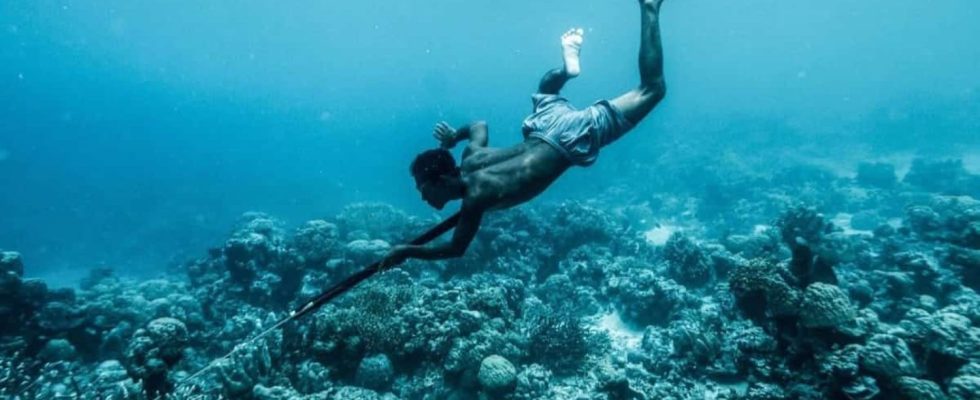The Bajau are an Asian people who have made the sea their home and the water their oxygen. Their bodies have evolved and become very different from ours.
Although we have the ability to stay underwater for a while, the reality is that humans, by nature, cannot stay submerged for too long. However, it appears that genetic evolution prepared a people to do so. Traditionally sea nomads, the Bajau live in the southern Philippines, Indonesia and Malaysia and have evolved to make the water their home. While the average human being can remain submerged for only two minutes, these people can remain submerged for much longer, around 10 minutes. Indeed, the Bajau feed on crustaceans from the sea floor, which they capture without using modern diving equipment.
Not using high-tech equipment, these people depend entirely on their own respiratory capacity. Interestingly, teams of researchers have discovered that the Bajau’s spleen is larger than normal, acting like a “biological oxygen bottle.” The spleen is a reservoir of oxygenated red blood cells, and when it contracts, it provides extra oxygen to the individual. Compared to other peoples whose lifestyle is based, for example, on agricultural activities, the Bajau spleen is on average 50% larger. This difference in size is a huge advantage, as it allows you to filter more blood and, therefore, hold your breath and dive for longer.
For thousands of years, the Bajau have lived on houseboats, sailing from place to place in the waters of Southeast Asia and only stopping on land occasionally. Everything they need, they get from the sea. This is what Melissa Ilardo, leader of a study from the University of Copenhagen, in Denmark, explained to the BBC. According to her, the Bajau dive to depths exceeding 70 meters, for about eight hours a day. They spend almost 60% of their time underwater, making numerous dives that can last from 30 seconds to “several minutes.”
Interestingly, within the Bajau population, the spleens of those who dive are not larger than those of others, suggesting that its size is the result of a possible evolution of this group of humans in this direction.
